EZO Carrier Click – ORP
R2,600.00 ex. VAT
EZO Carrier Click – ORP is a compact add-on board suitable for determining a liquid’s oxidation/reduction potential in your application. This board features the EZO-ORP™, an ISO 11271 compliant embedded ORP circuit board from Atlas Scientific. The EZO-ORP™ is a small blue additional board that comes with the carrier board and allows you to measure electron activity in a liquid in a range of -1019.9mV up to +1019.9mV with an accuracy of +/-1mV. The EZO-ORP™ allows readings in a maximum of one reading per second. This Click board™ is ideal for providing information on the liquid quality and degree of pollution, if present, from water sterilization to chemical production. It is compatible with various measurement probes, such as the Consumer Grade ORP Probe from Atlas Scientific.
EZO Carrier Click – ORP is fully compatible with the mikroBUS™ socket and can be used on any host system supporting the mikroBUS™ standard. It comes with the mikroSDK open-source libraries, offering unparalleled flexibility for evaluation and customization. What sets this Click board™ apart is the groundbreaking ClickID feature, enabling your host system to seamlessly and automatically detect and identify this add-on board.
Stock: Lead-time applicable.
| 5+ | R2,470.00 |
| 10+ | R2,405.00 |
| 15+ | R2,340.00 |
| 20+ | R2,275.00 |

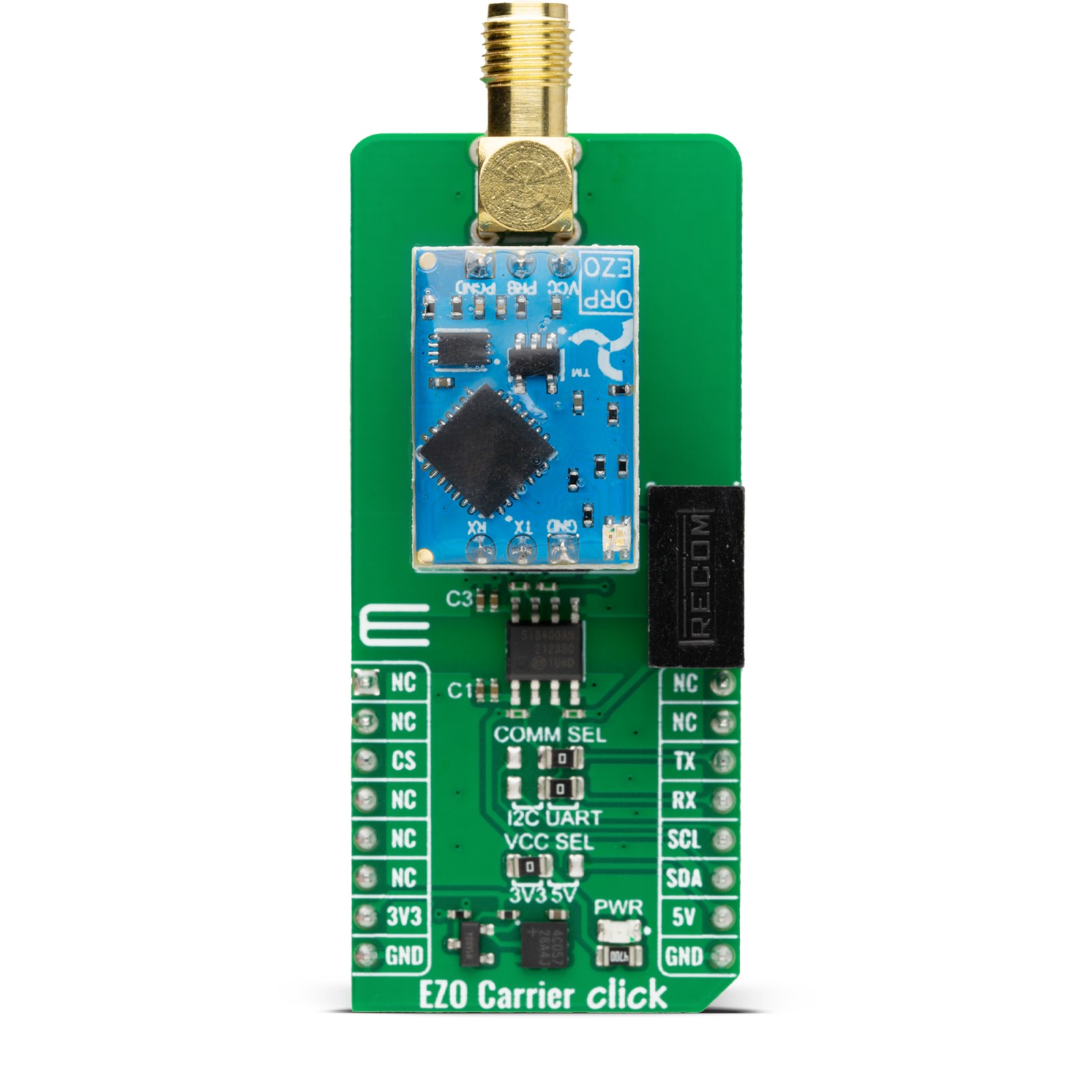
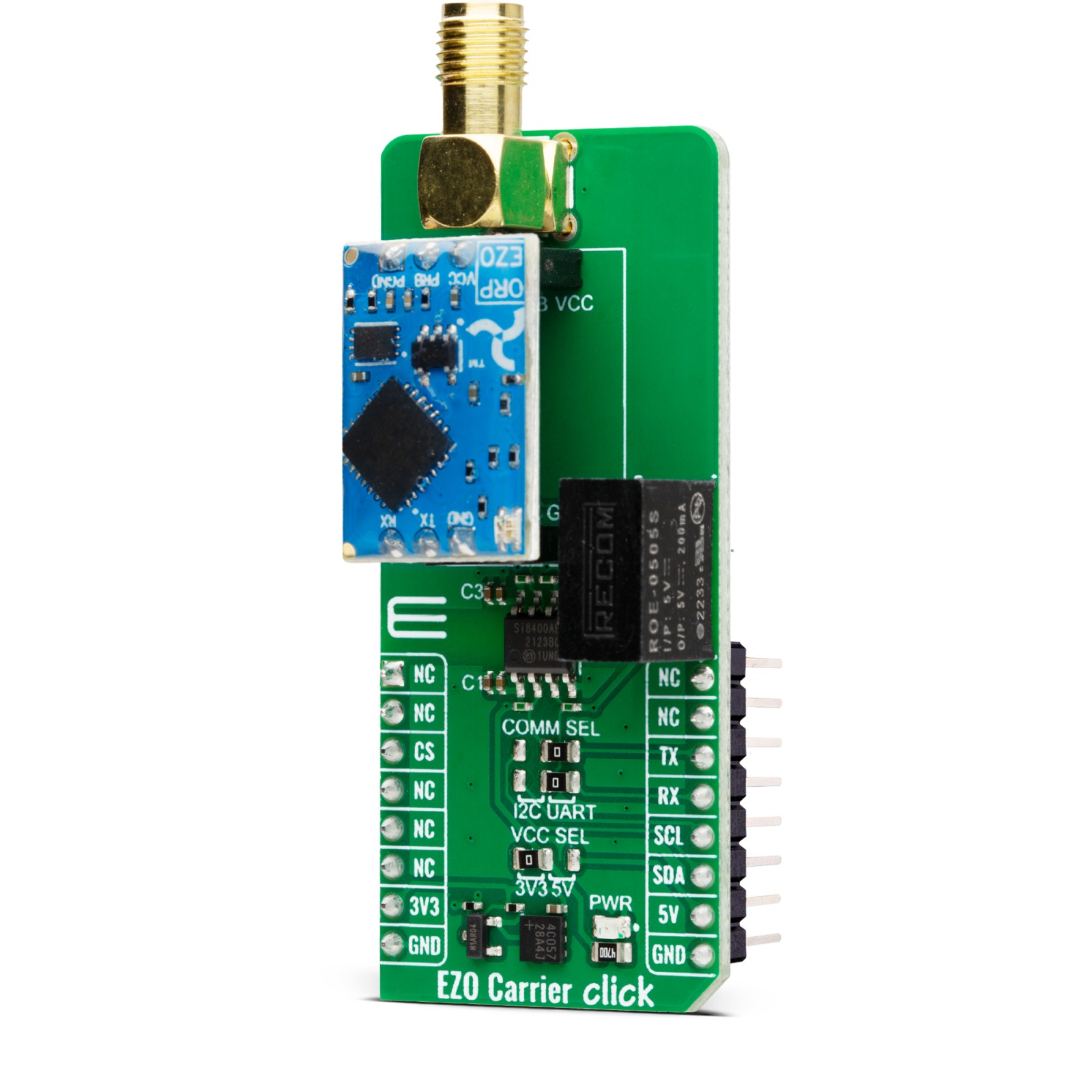
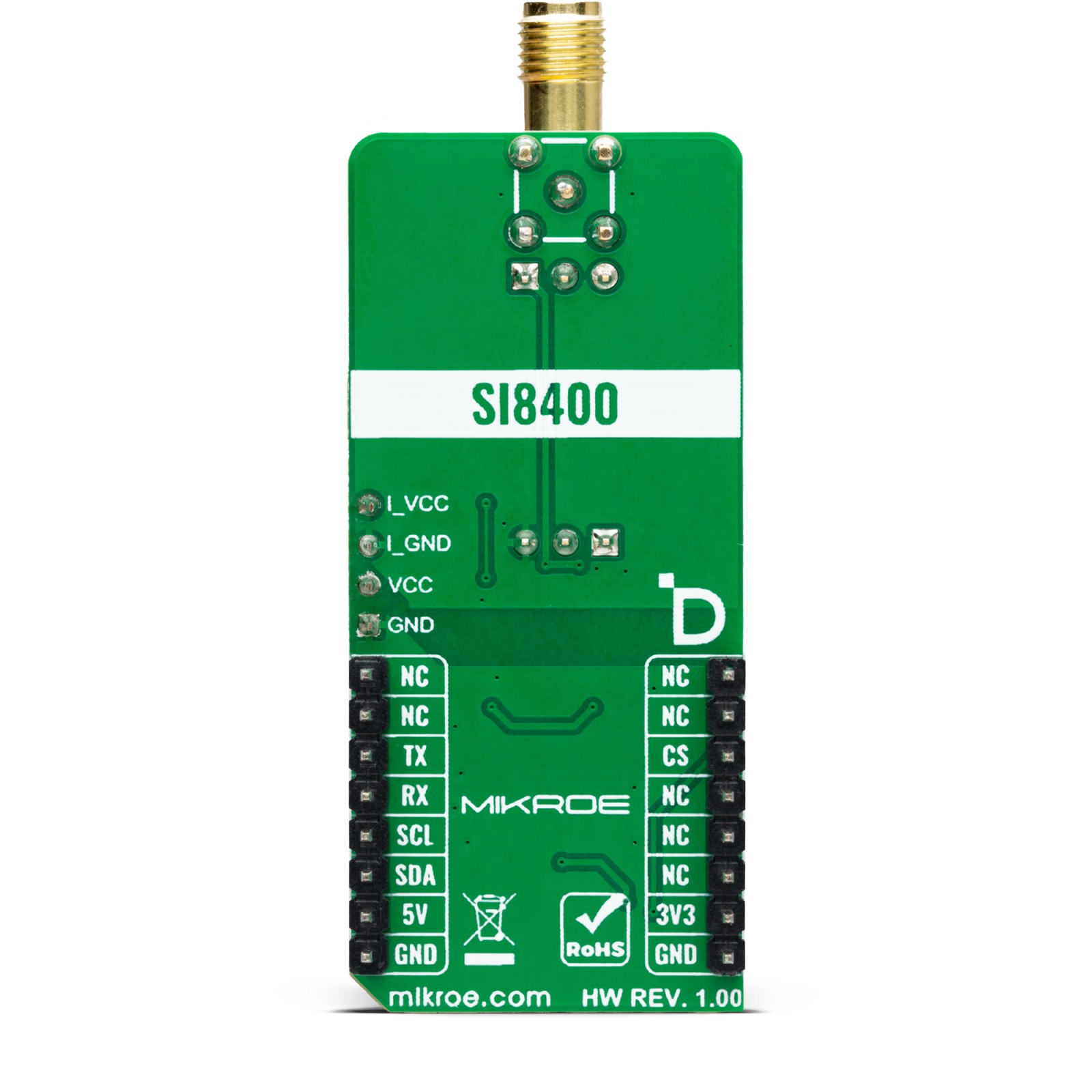
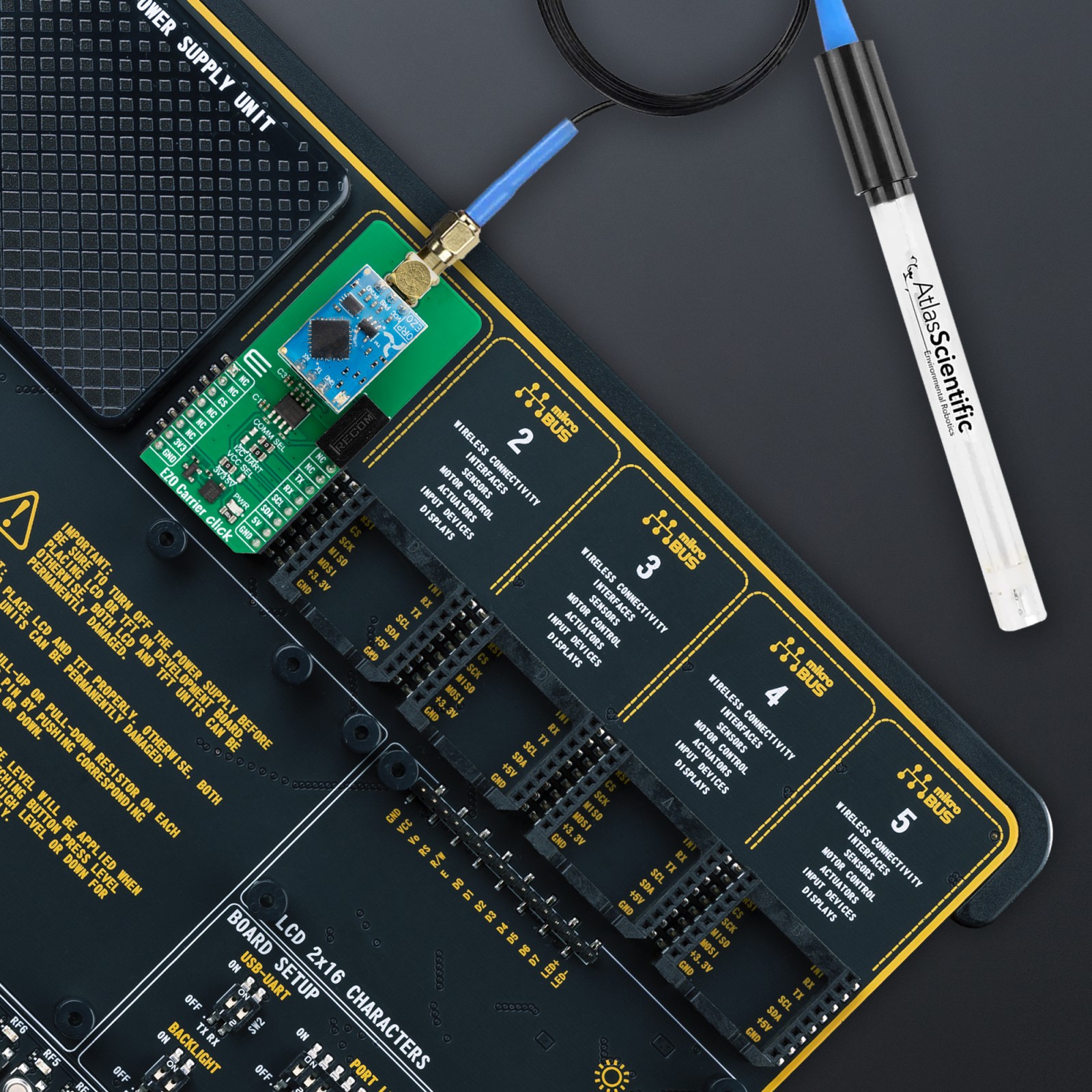
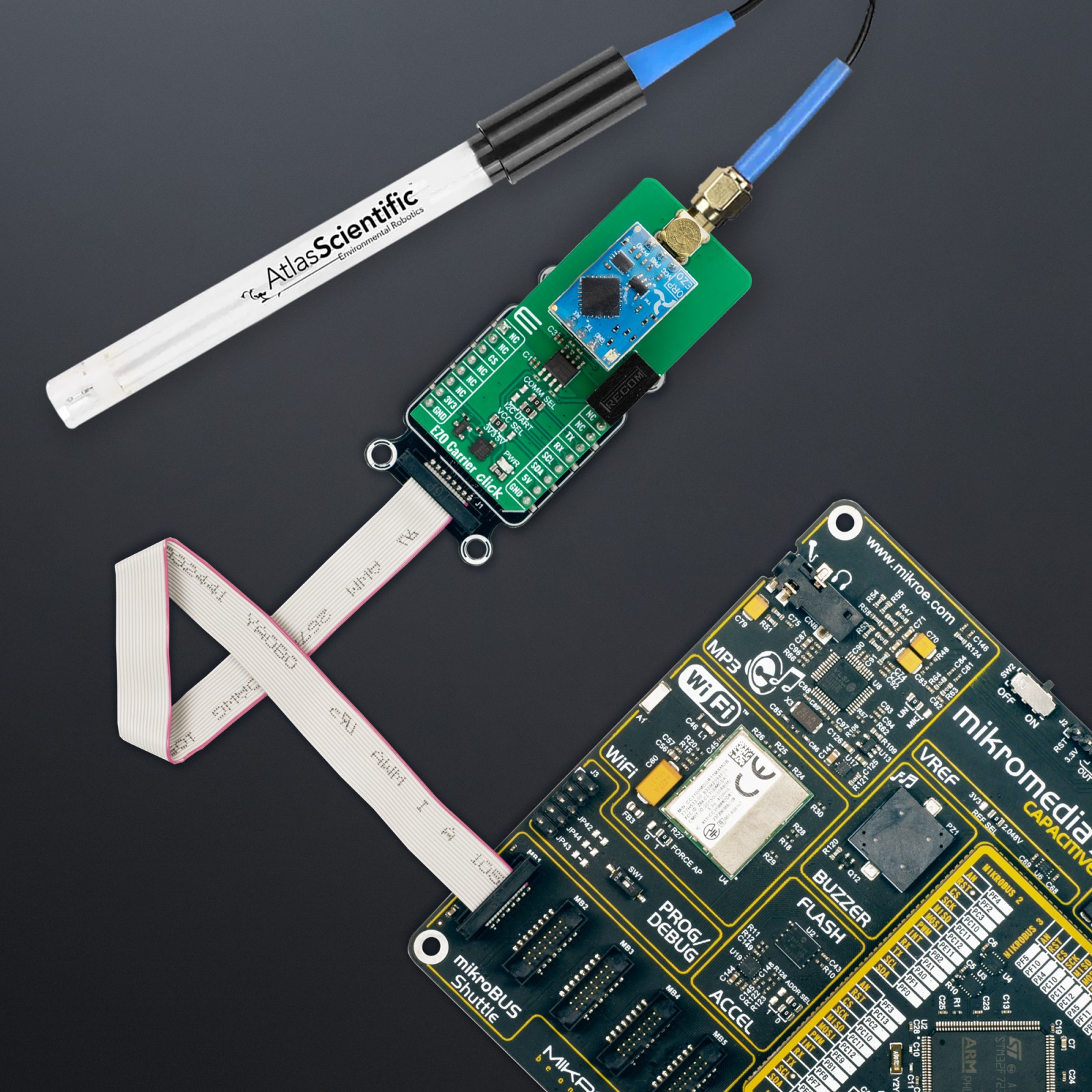



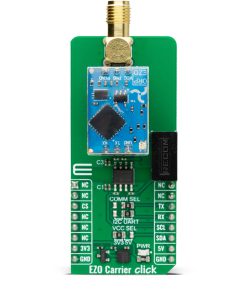
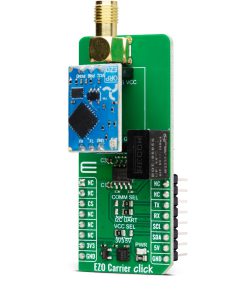

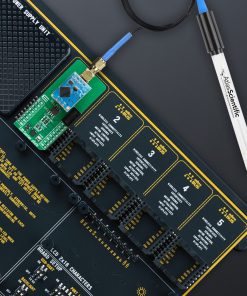
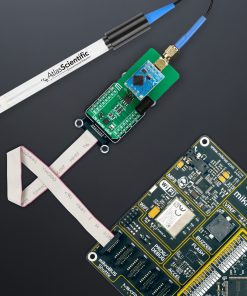
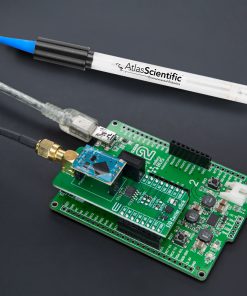

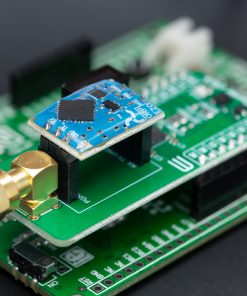
.jpg)








